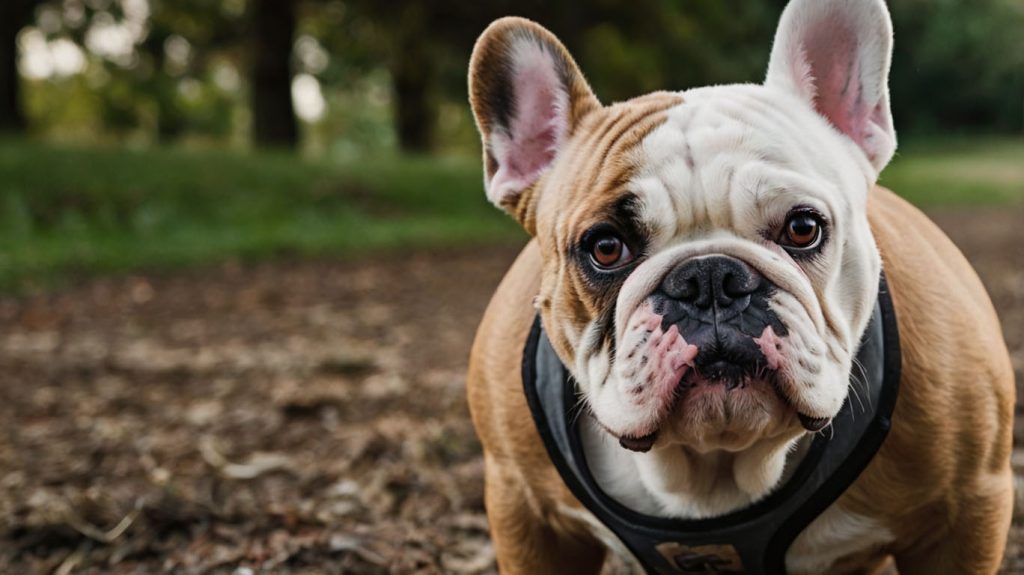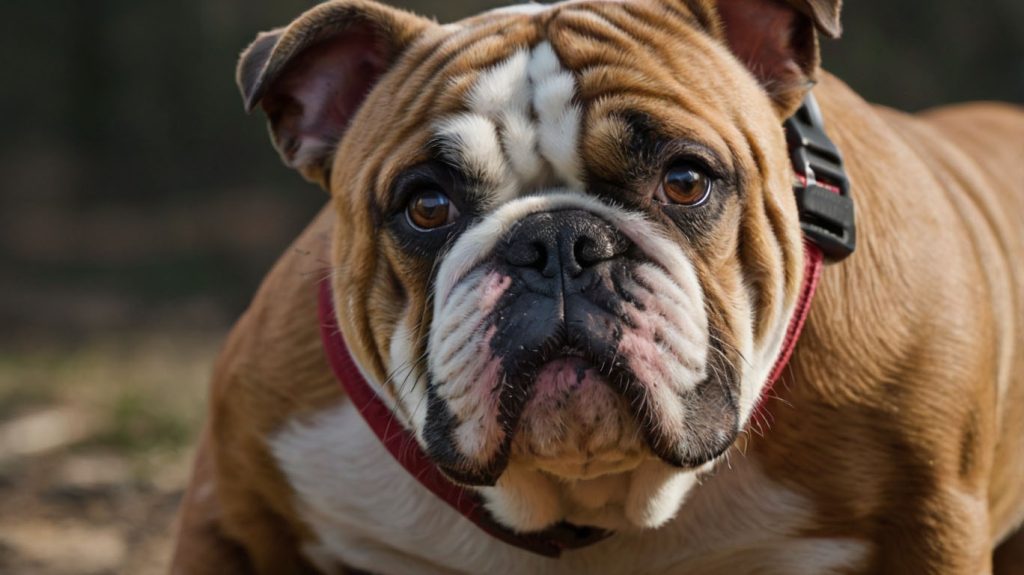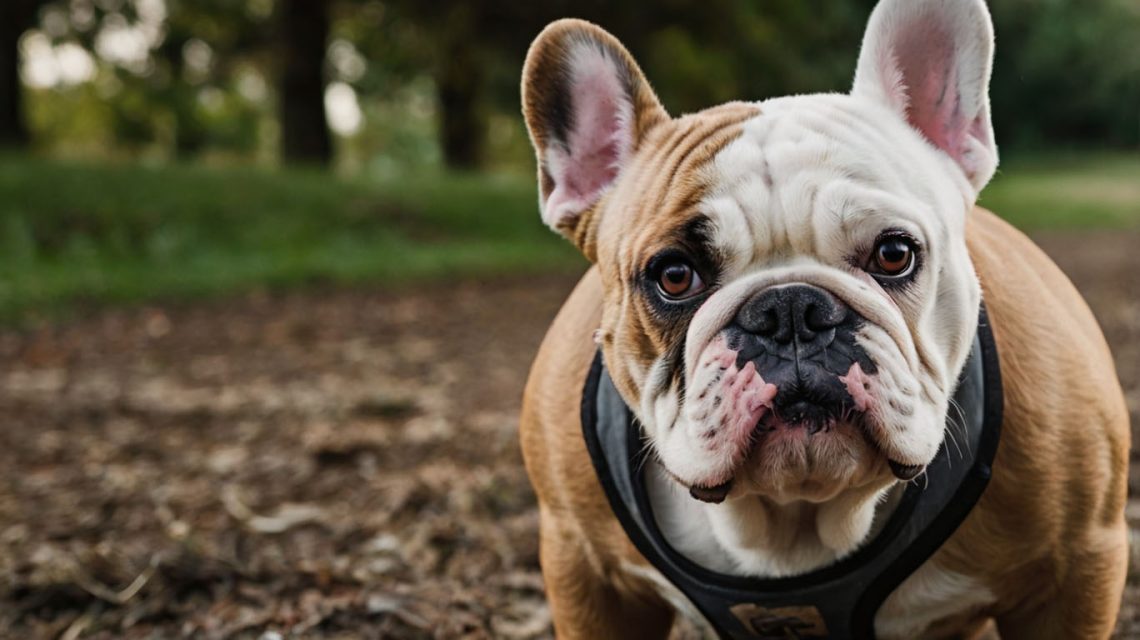Bulldogs are known for their wrinkles, charm, and, let’s be honest—stubbornness. While they may look tough on the outside, they’re lovable, loyal, and sometimes comically lazy. However, that lovable nature doesn’t mean bulldog training comes easily. In fact, without the right approach, even the cutest bulldog can become a handful.
Let’s dive into a full-circle training story before we unpack the expert strategies.
How Bulldog Training Saved Charlie from Being Rehomed
Charlie was a rescue bulldog with a heart of gold—but zero training. He’d bark at every knock, refuse to walk on a leash, and treat the living room as his bathroom. His new owners were at their wit’s end. They contemplated rehoming him but gave bulldog training one final try.
They introduced short, reward-based sessions, stuck to a feeding and potty schedule, and used gentle leash work. Gradually, Charlie began to respond. By the third month, he was calm around guests, walking politely, and housebroken. His transformation wasn’t magic—it was structure, patience, and commitment.
Charlie’s story is proof that effective bulldog training can completely reshape behavior.

Why Bulldog Training Is a Must for Every Owner
Despite their gentle temperament, bulldogs need consistent training. Their stubborn streak isn’t a lack of intelligence—it’s a challenge to your leadership.
Here’s why bulldog training is so important:
- Reduces destructive behavior like chewing or barking
- Creates clear boundaries that bulldogs respect
- Builds trust and bonding between dog and owner
- Improves obedience and safety in social settings
Training doesn’t just shape behavior—it builds a foundation for a better relationship with your bulldog.
Understanding Bulldog Behavior Before You Train
Every breed has quirks, and bulldogs are no exception. Understanding their personality helps shape your training strategy.
Key Bulldog Traits That Affect Training
- Low energy, but easily bored: Bulldogs are calm but need mental engagement.
- Strong-willed: If they don’t see the benefit, they won’t comply.
- Sensitive souls: Bulldogs dislike yelling and harsh tones.
- Food-driven: Treats can work miracles during bulldog training.
Knowing how bulldogs think makes the training process smoother, faster, and more enjoyable.

Essential Bulldog Training Tools You’ll Want to Have
Before you begin, make sure you have the right tools in hand:
| Tool | Purpose |
|---|---|
| Clicker | For marking positive behaviors during training |
| Treat pouch | Keeps rewards handy for instant reinforcement |
| Front-clip harness | Offers better control than a collar |
| Crate | Aids with housebreaking and creating safe spaces |
| Puzzle toys | Keeps bulldogs mentally stimulated between sessions |
Training becomes far easier when the right tools are used consistently.
Bulldog Training Timeline: What to Expect at Each Stage
Puppy Bulldog Training
Start early with:
- Socialization: Introduce people, pets, and environments.
- Basic commands: Focus on sit, stay, come.
- Housebreaking: Set a routine and use crate training.
- Bite inhibition: Use chew toys and redirect when needed.
Short sessions (5–10 minutes) work best. Bulldogs tire quickly but absorb information in bursts.
Adolescent Bulldog Training
This is the testing phase. Your bulldog may push boundaries.
Focus on:
- Leash manners: Introduce “heel” with consistent redirection.
- Impulse control: Use “wait” before feeding or entering doors.
- Reinforcing basic commands: Don’t let early lessons slip.
Adult Bulldog Training
For older dogs, refine obedience and address problem behaviors like jumping or barking. Include:
- Advanced commands: “Leave it,” “Place,” “Quiet.”
- Behavior redirection: Substitute negative behaviors with constructive ones.
- Mental enrichment: Teach tricks or introduce scent work.
Daily Bulldog Training Schedule for Best Results
Consistency is everything. Here’s a sample daily routine tailored for bulldog training:
| Time | Activity | Training Focus |
|---|---|---|
| 7:00 AM | Potty + Short Walk | Leash work, boundary setting |
| 9:00 AM | 10-min Training Session | Obedience: sit, stay, come |
| 1:00 PM | Mental Stimulation Game | Focus & scent-based activities |
| 6:00 PM | Walk + Reinforce Commands | Recall, “leave it,” “heel” |
| 8:00 PM | Calm Time in Crate | Crate comfort & winding down |
Regularity reinforces lessons and builds good habits.
Bulldog Training for Common Behavioral Issues
Housebreaking Bulldogs
Due to their stubbornness, bulldogs take time to house train.
Strategy:
Use a set schedule. Praise immediately after potty breaks. Avoid punishment—it leads to anxiety.
Managing Bulldog Barking
Bulldogs may bark when anxious or bored.
Solution:
Train a “quiet” command. Reward silence. Add mental stimulation to reduce excessive barking.
Curbing Bulldog Leash Pulling
While bulldogs aren’t known for speed, some pull out of excitement.
Fix:
Use a no-pull harness. Stop walking when pulling starts. Resume only when the leash is slack.
Reducing Jumping and Begging
These behaviors often stem from attention-seeking.
Tip:
Ignore jumping completely. Only reward calm, seated behavior. Reinforce “off” and “leave it.”
Positive Reinforcement: The Cornerstone of Bulldog Training
Bulldogs don’t respond well to scolding. Instead, reward them when they do well. Here’s how:
- Clicker + Treat: Say “yes” or click when they get it right, then reward.
- Consistency matters: Use the same cues every time.
- High-value rewards: Bulldogs love chicken, cheese, or peanut butter.
When they associate training with fun and food, you’ll see faster results.
Avoiding Common Bulldog Training Mistakes
Even experienced owners make errors. Avoid these:
- Training too long: Shorter is better—especially for bulldogs.
- Inconsistent commands: Confusion delays progress.
- Overusing punishment: It damages trust and slows learning.
- Skipping socialization: Bulldogs need early exposure to prevent fear or aggression.
Stay patient. Bulldogs may take longer to respond, but they will, eventually.
Case Study: How Luna Went from Rebellious to Respectful
Luna, a 2-year-old English Bulldog, had a habit of ignoring every command. She’d snatch food, bark at guests, and refuse to come inside. Her owner enrolled in a 6-week positive bulldog training course.
By week 2, Luna stopped barking at the door. By week 4, she learned “stay” and “leave it.” By the end, she walked calmly, respected commands, and even performed tricks. Her transformation was not only impressive—it restored peace in her home.
FAQs About Bulldog Training
Is bulldog training harder than other breeds?
It can be. Bulldogs are smart but headstrong. Consistent positive reinforcement works best.
How early should I start training my bulldog?
Start at 8 weeks. The earlier, the better.
How long should training sessions be?
Keep them short—5 to 10 minutes per session, 2–3 times daily.
Can bulldogs learn tricks?
Absolutely. They’re capable learners when motivated properly.
What’s the best treat for bulldog training?
Small, soft treats like chicken bits or cheese work best.
Is crate training recommended for bulldogs?
Yes. It helps with potty training and creates a safe space for them.
Conclusion: Bulldog Training Is Worth the Effort
Training a bulldog isn’t just about teaching commands—it’s about creating harmony in your home. These strong-willed, loving dogs want structure, attention, and calm leadership.
By using consistent bulldog training techniques, focusing on rewards over reprimands, and understanding their unique personality, you’ll turn your stubborn pup into a well-mannered companion.
The path might be bumpy, but the bond you’ll build is unbreakable.


